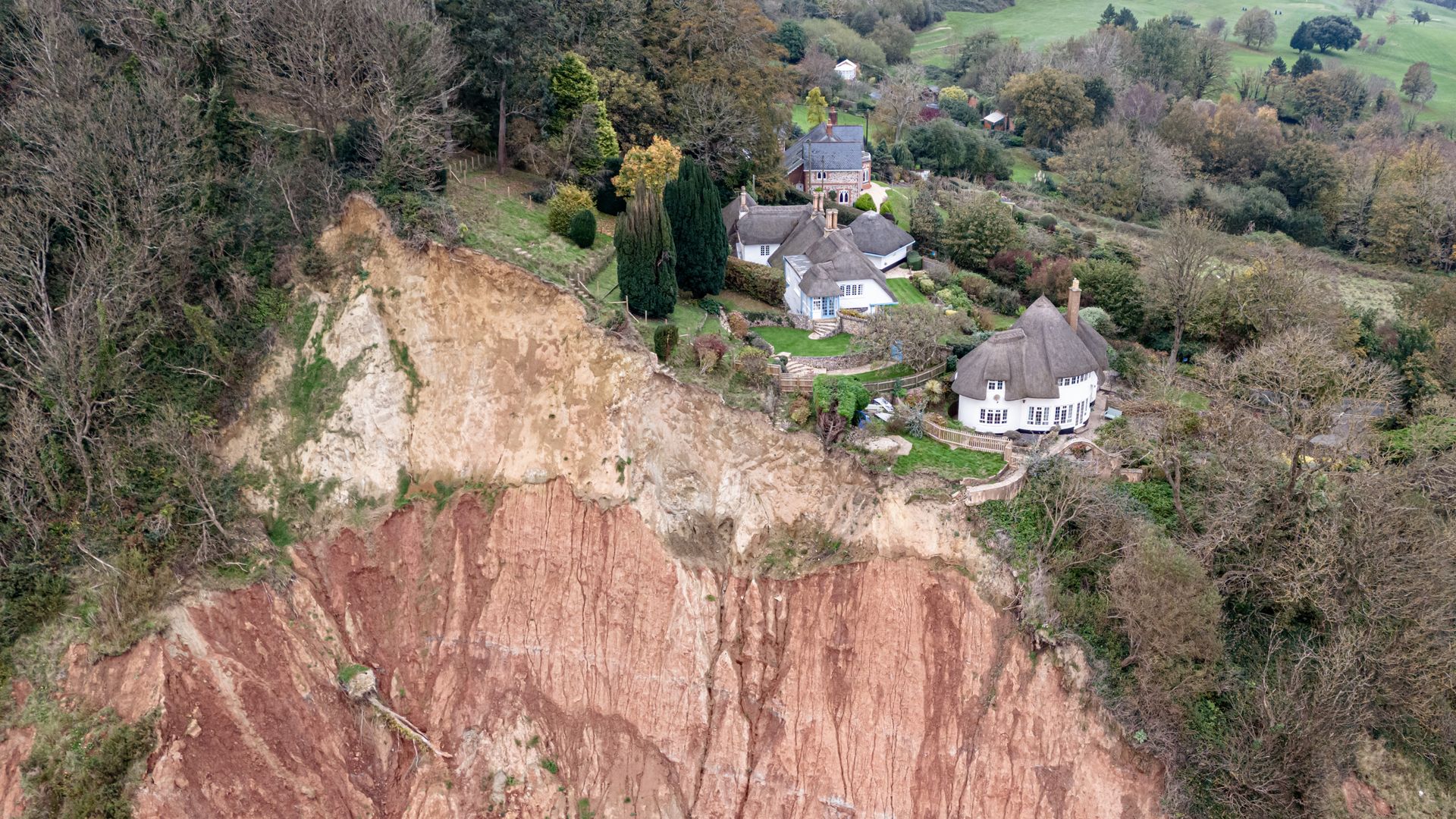
A series of severe solar flares and coronal mass ejections means that Mainers might see the aurora borealis early Saturday morning, according to the National Weather Service’s Space Weather Prediction Center.
A series of unusually strong solar flares, five of which included coronal mass ejections, began on May 8, according to the center, and the forecasters have issued a level four geomagnetic storm watch for Saturday, May 11. The aurora may be visible over much of the northern half of North America, including Maine, and depending on the strength of the storms hitting the earth’s atmosphere may even be visible as far south as Alabama and California.
Coronal mass ejections are explosions of plasma and magnetic fields from the sun’s corona, according to the center. They can cause geomagnetic storms, which in rare instances can impact infrastructure in near-Earth orbit and on Earth’s surface.
The ejections can also cause the aurora borealis, or northern lights, to be visible. Level four geomagnetic storms — out of a scale of one to five, with five being the strongest — are rare, and are associated with the aurora being viewable.
Aurora-watchers should begin observations late on Friday night and into early Saturday morning. For ideal viewing conditions, get as far away from any light pollution as possible, and look northwards.










